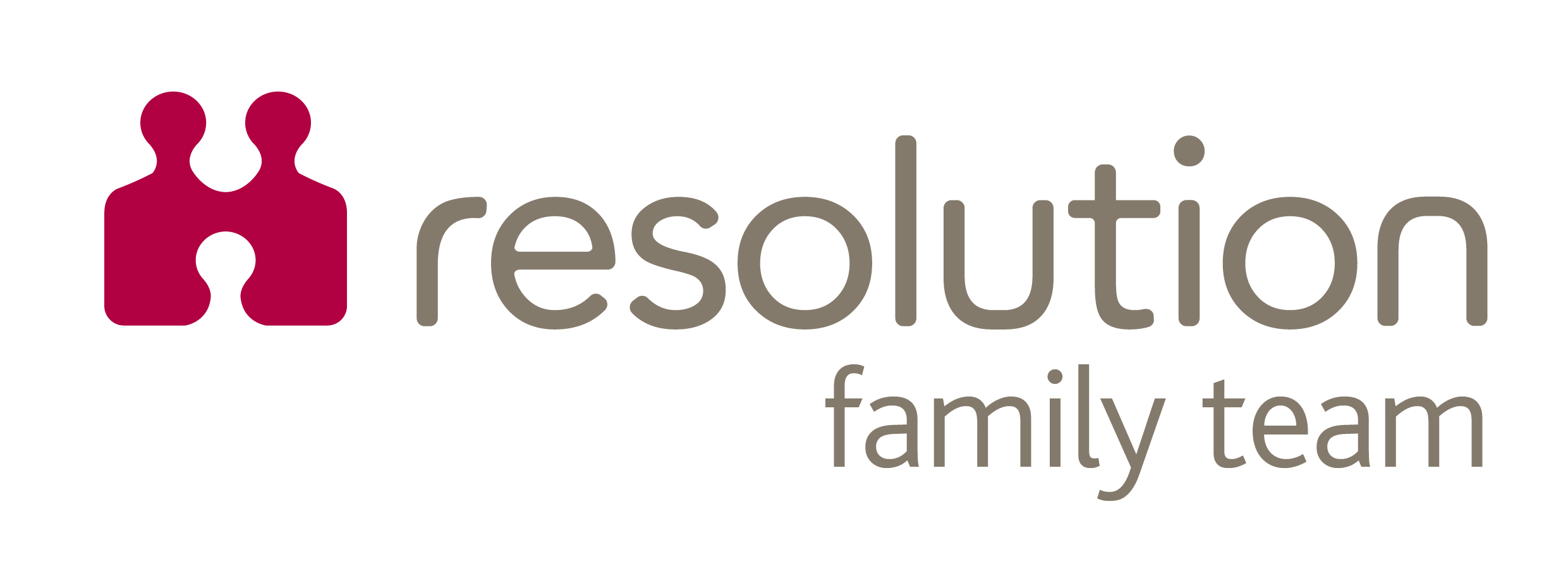When it comes to drafting an effective dress code policy there are a few things that employers should be aware of. DTM Legal is on hand to provide you with top tips for a successful dress code policy.
The issue of what is reasonable in terms of work place appearance has recently hit the headlines with a London based receptionist being sent home after refusing to wear high heels, despite signing up to the employer’s appearance guidelines. With the story creating such debate, it serves as a good prompt for all employers to review the policy they have in place.
The Aim
Dress codes or appearance guidelines are a good way for employers to not only ensure their workforce looks professional to customers and clients, but can also help avoid harassment claims and disciplinary problems. Other benefits also include creating a team atmosphere and creating a corporate image.
Whether or not there is a policy currently in place, some minimum standards of personal presentation will be expected. A formal dress code creates clarity for both the employer and employees as to what those standards are.
Who Is The Dress Code For?
Dress codes normally apply to all employees. However, there is nothing to stop a company having different policies for different types of role. For example, there could be a more formal dress code for “customer facing” employees than that for those working in a factory.
Legal Considerations
A dress code can be as informal or specific as it suits the company it is being created for. There are no legal principles which stipulate the inclusion of any one element. However, when drafting a dress code it is important to consider the following three areas where potential discrimination could occur.
Sex Discrimination
Concern is often expressed about whether having a policy which sets out different requirements for men and women is discriminatory. Past claims have challenged policies that have advised that women must wear skirts or men must wear a collar and tie for example. The good news is that to date the courts have held that dress codes differentiating between men and women are not automatically discriminatory.
The reasoning is that discrimination is not ‘different treatment’ but ‘less favourable treatment’. Different guidelines can be created for men and women, as long as there is an equivalent degree of formality required from both sexes. The court will not look at the dress code garment by garment, but will judge the overall standard required. This standard must be the same for each gender, but can be made up of different elements according to what is appropriate for that date in time and the marketplace. The same principles will apply where uniforms are worn.
Just be mindful that conventions can change and although advising that women are required to wear a skirt may have been accepted 30 years ago, a safer option now would be to offer a choice of trousers or skirt, providing the trousers were still appropriately formal.
Religion/belief discrimination
A dress code which requires employees to act in a way contrary to their religious beliefs runs the risk of being indirectly discriminatory. For example some religions direct wearing head coverings and a “no hat” policy may violate those practices.
Employers have occasionally fallen foul in situations where it is questionable whether an employee’s views are a belief. Therefore it is important to do your research and gain a clear understanding of the belief that is being discussed. Employers should respect beliefs which are held strongly by their employees, whether religious in nature or not.
Disability discrimination
Disabled employees may not be able to fully comply with a dress code. However, on the whole, this does not need to affect the way the dress code is drafted. Instead, employers should be sensitive in the manner in which the dress code is enforced.
A Safe Working Environment
Another benefit of having a dress code policy is to improve the safety of the working environment. Dependent on the environment, requiring employees to wear closed-toe shoes, banning dangling jewellery or scarves, or specifying that long hair needs to be tied up can result in fewer injuries in the workplace.
Dress codes are separate from policies on the use of protective clothing, which would normally appear separately or as part of health and safety policy.
Be Clear and Reasonable
It is important to ensure that the language used in your policy is not too broad and open-ended, as this could results in a policy that is hard to follow and to enforce. Phrases like “professional attire” and “smart casual” are frequently used, but what do they actually mean? They don’t clearly outline what an employee can and cannot wear. Instead use specific terms and be clear as to what is acceptable and unacceptable. For example; “no jeans” or “skirts and dresses must reach knee-length.”
You should also consider what is reasonable and necessary for your working environment. For example, flip-flops may not be acceptable for employees working in the main body of a hotel, but they may be acceptable in the hotel’s spa. Making a policy that is unreasonably strict is also harder to enforce and may result in disciplinary complications, not to mention being damaging to staff morale.
Now that you have your new or updated policy, the last thing to ensure is that you enforce the policy fairly and consistently to avoid any potential discrimination claims. Make sure all managers and supervisors understand the process for tackling breaches of the policy with employees, and that any breaches are consistently tackled across all teams and departments.
For further advice on creating or making changes to a dress code policy, please contact Tom Evans on 0151 230 1217 or tom.evans@dtmlegal.com for more information. Visit our Employment & HR services page for more information on how we can support your business.







